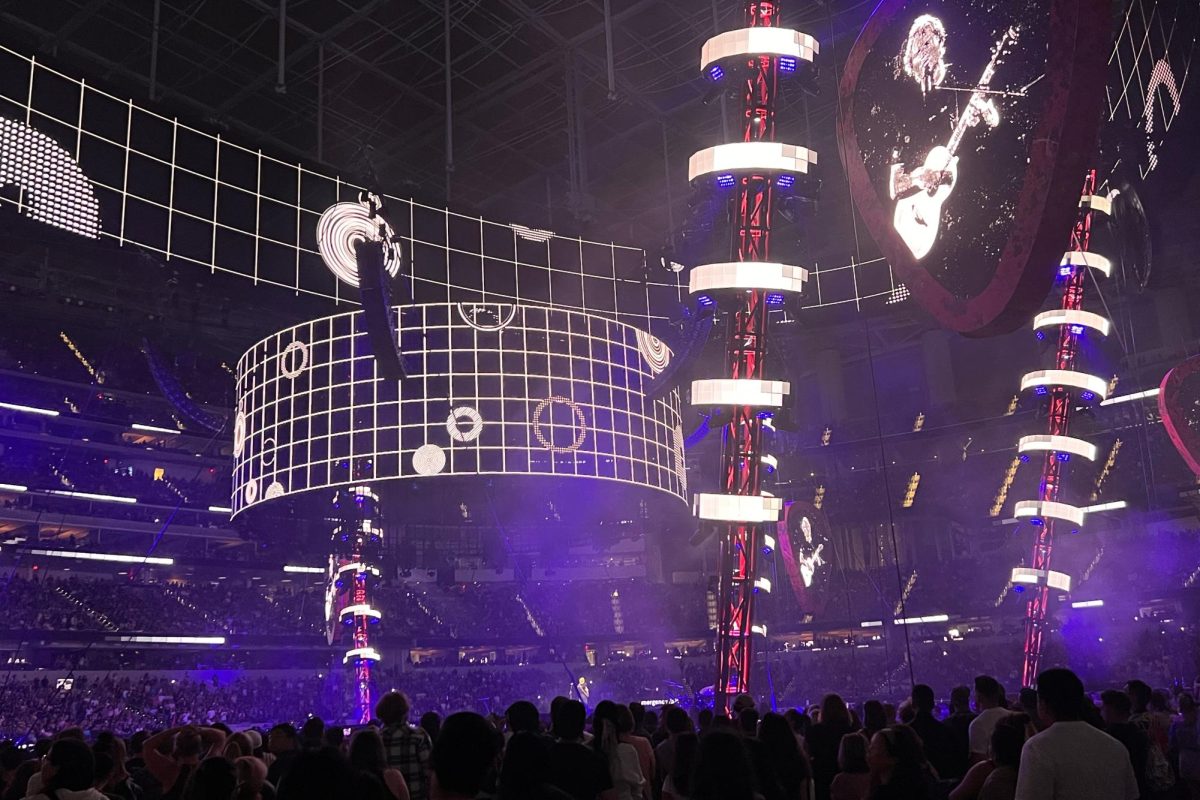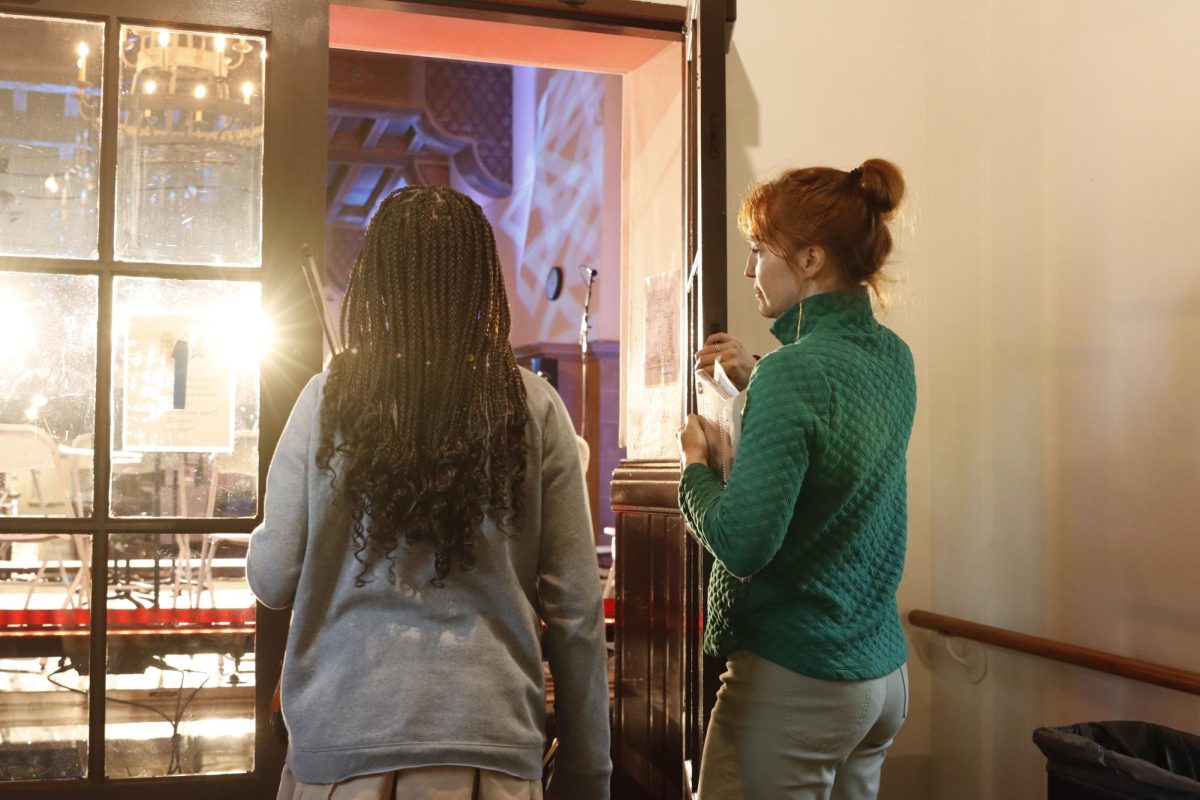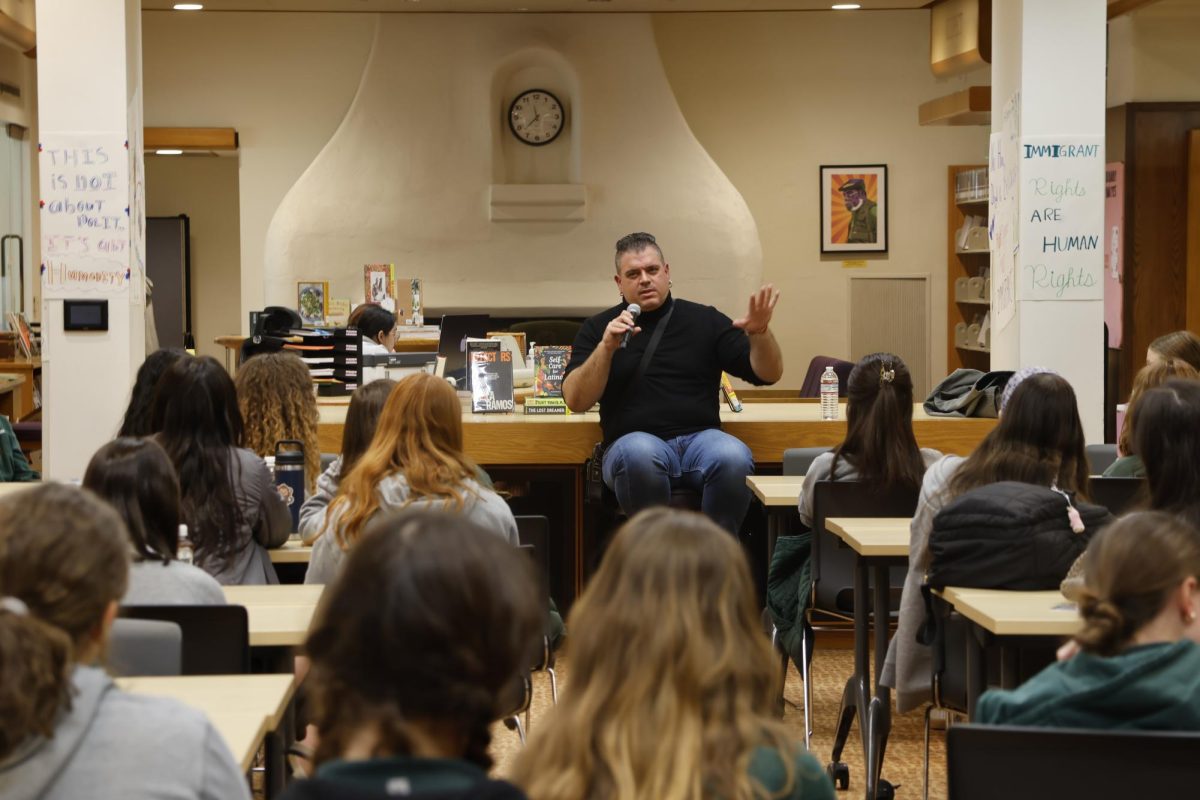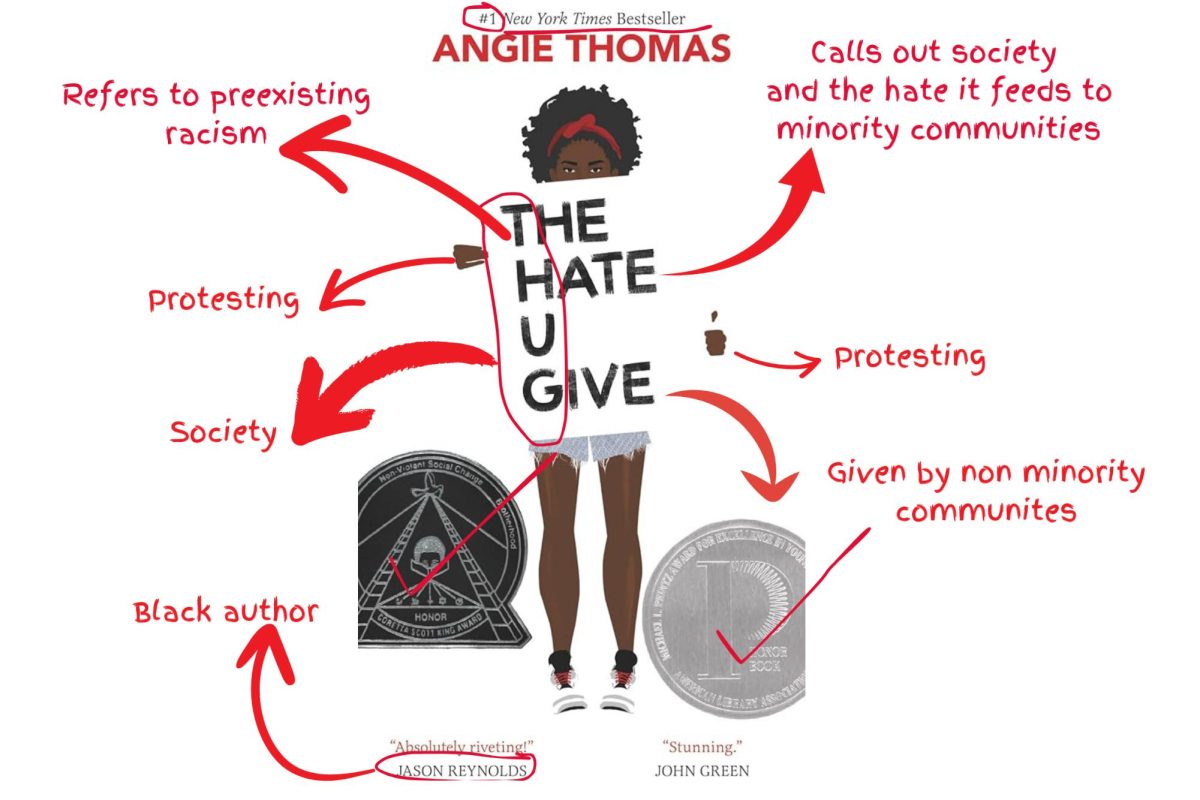As soon as he stepped on stage and began his hit song “Tides,” the crowd flew up from their seats and screamed along to every single word.
Ed Sheeran’s The Mathematics Tour had every genre one could imagine. From rock to hip-hop, country to pop and love ballads to head bangers, there wasn’t anything in the crowd but smiling faces. The Mathematics Tour is a combined tour of each of his albums. The album names are inspired by different mathematical operations: “-“, “+”, “×”, “÷” and “=.” The crowd also enjoyed music off of his (then) unreleased albums “Autumn Variations” and “No. 6 Collaborations Project.” The Los Angeles concert took place Sept. 23 at the SoFi Stadium with 81,000 people in the audience. This concert broke the record for the most amount of tickets sold for a one day event in SoFi’s history.
At the beginning of the show, Sheeran announced that he would not use a band for the majority of the concert and would instead accompany himself on a 5-loop station and different guitars. A 5-loop station is a set of pedals where Sheeran records his drums, bass line, background vocals and piano on a loop that plays consistently for the entirety of each song. He was also joined by a four-person band for a few songs and even orchestrated the audience to sing background vocals for him on “Sing.”
Sheeran’s tour is unique because of the lack of band accompaniment. With the catchy nature of his music, it’s surprising to see how simple the background of his songs are. However, while his songs are simple to record and play live, Sheeran’s musicianship is impressive, to say the least. Sheeran shared that he feels his technique and skill have only improved since his last tour in the U.S., nearly five years ago.
When arriving to the concert, I felt that my musical knowledge of Sheeran’s discography was limited, but I was pleasantly surprised by how many songs I knew. In addition to playing his own recorded music, he played songs in which he was a songwriting collaborator and songs he wrote for other artists. The audience enjoyed “Love Yourself” sung by Justin Bieber and written by Sheeran, Benny Blanco and Bieber.
Sheeran also recalled that the first-ever concert he played in the U.S. was in Inglewood, and he was “excited” to be back. He shared anecdotes from the beginning of his journey as a performing artist, saying he would go to open mics in the UK and play songs like “The A Team” and “no one cared.” He also shared his gratitude for the audience, saying that without them, he wouldn’t be on tour again.
Perhaps the most surprising moment of the concert was when he ran around the stage for nearly four minutes rapping the entirety of his hip-hop song, “You Need Me, I Don’t Need You.” This was a telling example of the type of performer Sheeran is: one who puts all of his energy into each concert. The physical endurance needed to perform like this night after night is impressive. Sheeran’s songwriting is versatile, and he has music that appeals to a diverse range of listeners.
But by far the most memorable moment was when Sheeran began “Thinking out Loud” off of his album “×.” The 81,000 flashlights cascading down the stadium, the synchronized audience swaying to the music and the heartfelt ballad created an unforgettable atmosphere. The overhead screens above the stage displayed an animation of a couple dancing to the song. As this song was towards the end of his show, it was a perfect conclusion to a thoughtful show.
At the end of the night, I left the concert feeling like I had a new understanding of Sheeran as an artist. His dedication to his tour is evident through the complexity of the set and endurance. I can’t wait for his next tour, and in the mean time, you can find me listening to “Autumn Variations.”
-
Vocals
-
Energy
-
Musicianship
-
Set design
-
Enjoyment
Summary
The Mathematics Tour by Ed Sheeran was musically diverse, surprising, inspiring, entertaining and fun. The two and a half hour concert was a testament to Sheeran’s skill and endurance, and the 81,000 people in attendance were a testament to his growing popularity.
















